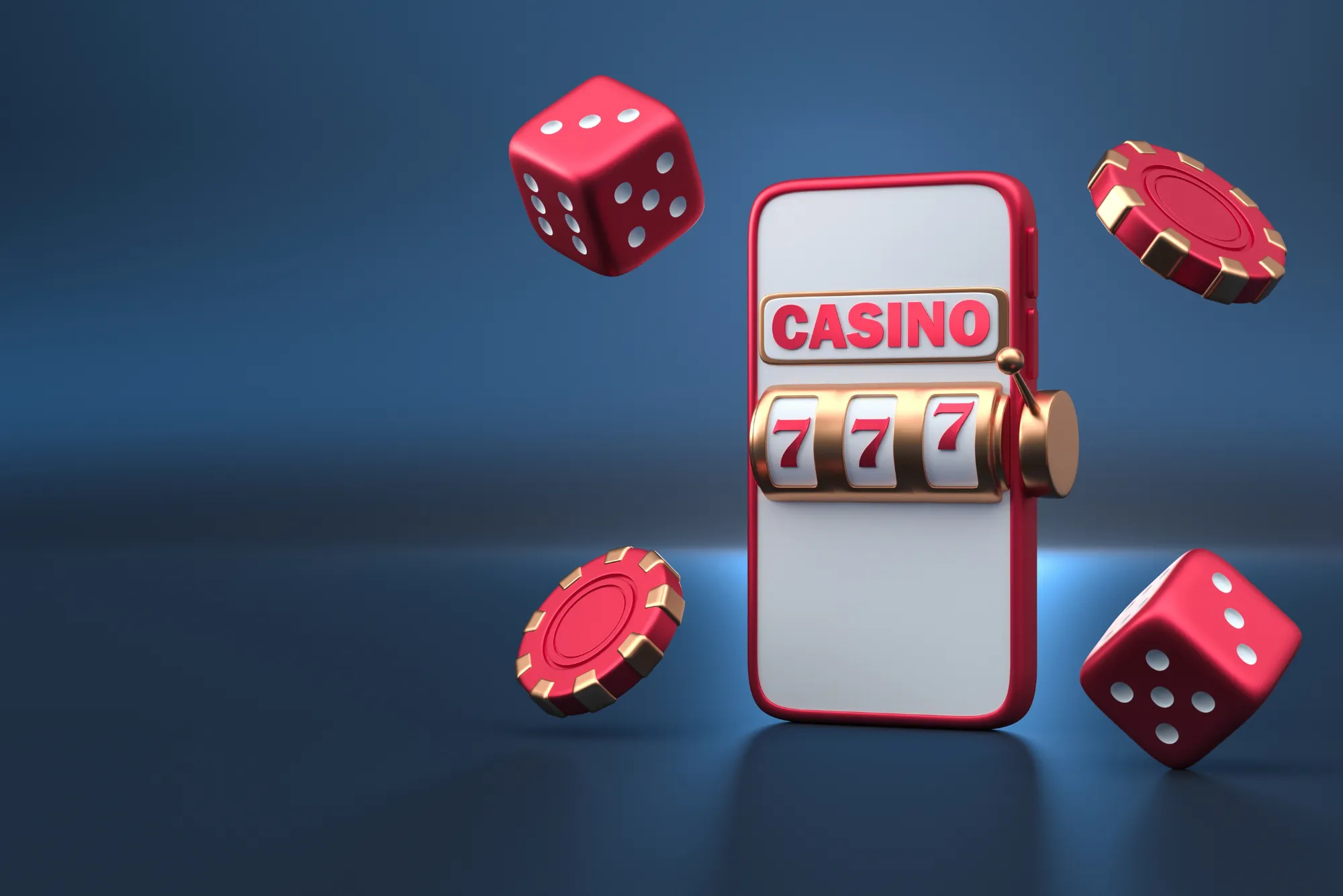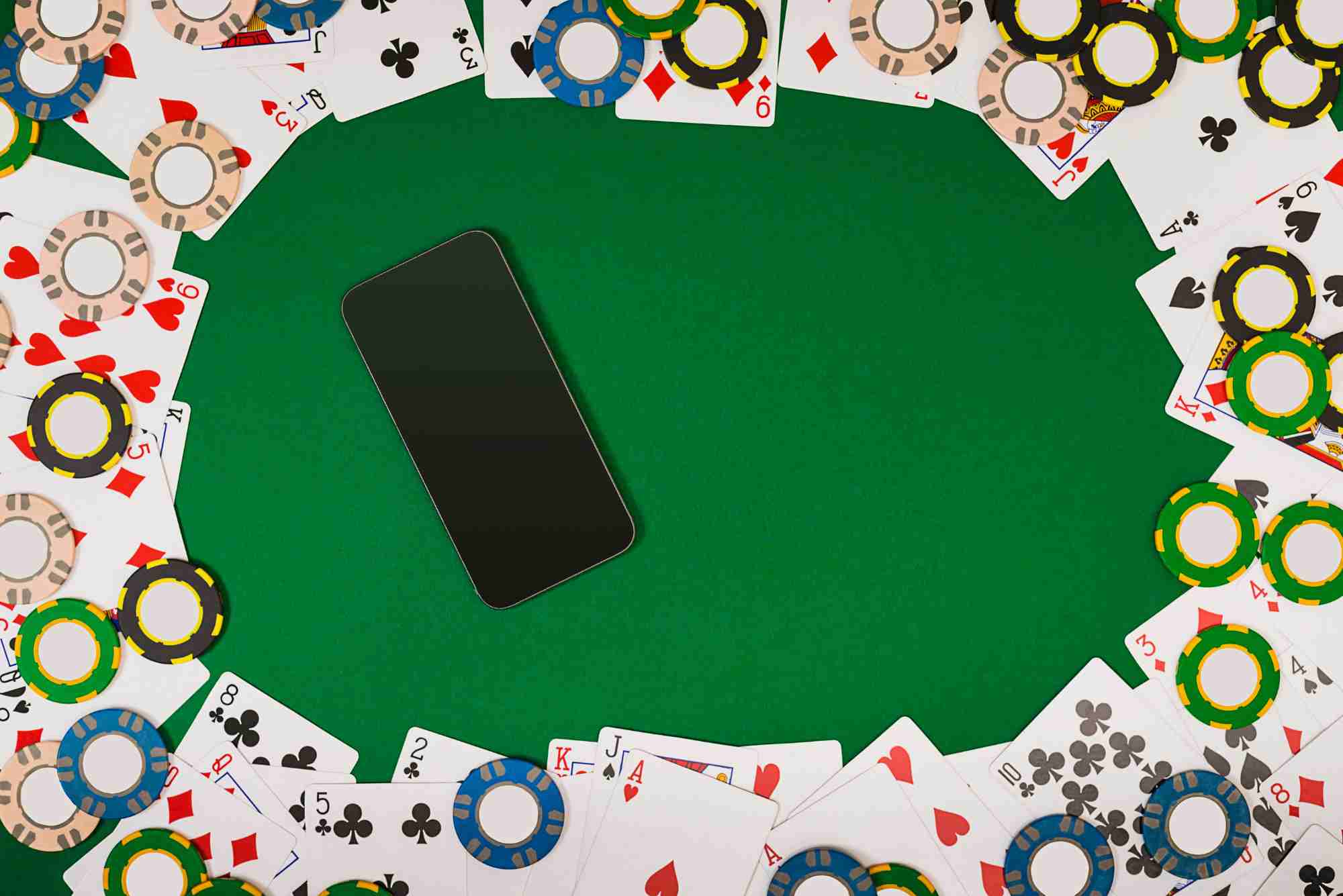I still remember the first NBA season I tried to “out-model” the market. I had a messy Python notebook, a few scraped box scores, and the misplaced confidence of someone who’d just discovered linear regression. The result? A lot of lessons, a slightly bruised bankroll, and a fascination with how sportsbooks actually price risk. That curiosity pushed me deeper—player tracking data, closing line value (CLV), machine learning—until I could finally tell the difference between noise and a genuine edge.
The obvious question every bettor with a spreadsheet eventually asks is this: if I have better data (or a cleverer model), can I beat the juice the book takes on every line? Short answer: sometimes, for a while. Long answer: it depends how you build, test, and protect that edge—and how fast you can actually get paid once you find it. I’m picky about operators because nothing kills momentum like a withdrawal stuck in limbo. That’s why I filter for Casino Sites with Instant Payouts right at the start; if a book drags its feet on cashouts, you’re playing with Monopoly money.
What the Sportsbook Edge Really Is
At its core, the sportsbook edge is baked into the odds. The famous “vig” or “margin” isn’t mysterious; it’s just the tax you pay to place a bet. If both sides of an NFL spread are -110, the book effectively collects a risk-free slice provided action balances. Modern books don’t just “balance” anymore though—they shape lines dynamically using internal models, external feeds, and sharp action signals.
The Closing Line as a Truth Serum
The sharpest indicator of true odds is usually the closing line. If your bets consistently beat that number (you take +3 and it closes +2), you’re probably on the right side of value. Data analytics shines here: by modeling injury impact, schedule fatigue, weather, and even referee tendencies, you can predict where a line will move and act before it does. But you need a big enough sample to know you’re not lucky. CLV is a compass, not a trophy.
Where Data Helps—and Where It Flat-Out Doesn’t
Analytics can isolate inefficiencies faster than gut feeling. You can simulate thousands of seasons, stress-test assumptions, and quantify uncertainty. But data also lies. Or rather, it tells partial truths when you force it.
Modeling the Right Problem
The trap for many bettors is modeling outcomes (who wins, by how much) instead of modeling prices (what the odds should be). Sportsbooks care about the latter. If your model says Team A wins 55% of the time but you’re only getting -135, you don’t have an edge. Flip that: if the true probability is 55% and the book is pricing it like 50%, now you’re talking.
Garbage In, Garbage Out
Player tracking, advanced metrics, and historical databases are only useful if they’re cleaned and contextualized. I’ve seen huge “edges” vanish after adjusting for small data-entry errors or misaligned time zones. Vet your feeds. Automate sanity checks. When a model spits out a ten-percent edge on a major market, assume you’ve made a mistake until proven otherwise.
The Human Layer Books Still Exploit
Sportsbooks know public bias better than any Twitter handicapper. The Dallas Cowboys tax, the Lakers premium, the “Patriots in prime time” narrative—these are priced in. Data can help you see past headlines, but you must also understand sentiment cycles. Books shade lines not just for balance but for psychology. Your model needs to know when numbers are numbers and when numbers are marketing.
Injury News and Micro-Movements
The milliseconds after Shams or Schefter drops news are everything. Books have bots too. If your pipeline doesn’t ingest and react to real-time info, you’re always buying stale bread. Some edges live for fifteen minutes; others die in five.
Bankroll Logistics Matter More Than Your R² Score
Even a great edge bleeds out if your bankroll is mismanaged or your funds are stuck. Instant withdrawals let you redeploy capital quickly, hedge new positions, or simply lock up profits after a hot week. If a site can’t—or won’t—let you cash out on demand, it effectively taxes your liquidity. That’s a hidden vig no model covers.
Limiting and Gubbing
Beat a book often enough and you’ll taste the dreaded “stake restricted” banner. Data won’t save you there; diversification will. Spread volume across operators, rotate markets, and occasionally look like a recreational bettor. Sprinkle in same-game parlays or small props to camouflage sharp sides. Yes, it’s annoying. It’s also the real game behind the game.
Finding Edges That Are Too Small for the Book to Care About
Books focus their sharpest numbers on NFL spreads, NBA sides, Champions League matches—high-liquidity markets. Edges hide in props, derivatives, niche leagues, or time windows books under-moderate. Micro-markets move slower and sometimes misprice correlation (think: a quarterback’s passing yards prop vs. his receivers’ overs). Data analytics can map these relationships and reveal misalignments.
Sample Size vs. Overfitting
In small markets, historical data is thin. Your model might overfit faster than you think, especially with dozens of features. Cross-validate ruthlessly. Use out-of-sample tests. If your “edge” disappears when you shift the training window by a week, it was never there.
Automating the Mundane, Focusing on the Nuanced
The best use of tech is not to “decide” for you, but to triage. Let scripts scrape odds, compare lines, alert you to discrepancies, and calculate Kelly fractions on the fly. Save your brain for interpreting why a line is off. Is it a legit edge, a market lag, or a baited trap?
Kelly, Flat Stakes, or Hybrid?
Speaking of Kelly: full Kelly is a rollercoaster. Half-Kelly or fractional strategies smooth volatility. If you’re betting multiple correlated edges (say, several props in the same game), reduce stakes accordingly. Your risk isn’t additive; it compounds.
Emotional Control: The One Variable You Can’t Code
I’ve tinkered with sentiment classifiers for my own betting diary to see if tilt correlates with bad decisions (spoiler: it does). When models lose, you’ll itch to “make it back.” When they win, you’ll get cocky. Neither state is conducive to objective eval. Build cooldown rules into your routine: mandatory breaks after X losses, or after a massive win. Analytics should make you more disciplined, not more frenetic.
Can Data Beat the Edge Long-Term?
Yes—but edges decay. Books update, markets copycat, and your model’s secret sauce gets stolen the moment it leaks into public markets or Reddit threads. Think of edges as perishable inventory. You’re running a grocery store, not a gold mine. Rotate stock, scout new suppliers, and dump rotten fruit fast.
Sustainability Through Iteration
The bettors who last aren’t the ones with the flashiest model; they’re the ones who scrap and rebuild without ego. Version control your strategies, archive performance, and schedule post-mortems. What worked in 2023 might be obsolete in 2026 when data availability, player load management, and officiating trends shift again.
The Hybrid Future: Man + Machine + Market Feel
The winners I know blend three things: cold data, warm intuition, and a street-level read of how bettors behave. They know when to trust the spreadsheet and when to recognize that a line is fishy because the book wants you there. They watch injury reports but also monitor Discord whispers. It’s not romantic, but it’s real.
Practical Takeaways from My Playbook
Use models to spot early misprices, not to justify every bet. Track CLV religiously. Protect your bankroll with instant-payout operators and diversified accounts. Accept that some weeks the best bet is no bet because the market is sharp and your edge is soft. And for the love of bankroll sanity, log everything—you can’t improve what you don’t measure.
Final Whistle
Data analytics can absolutely chip away at the sportsbook edge, sometimes even flip it. But it’s a moving target that demands constant recalibration, sharp execution, and frictionless cash management. Treat your model like a living organism—feed it clean data, monitor its health, and be ready to euthanize it when it stops performing. And remember: the goal isn’t to win every bet—it’s to make good bets over and over until the math does its job.







